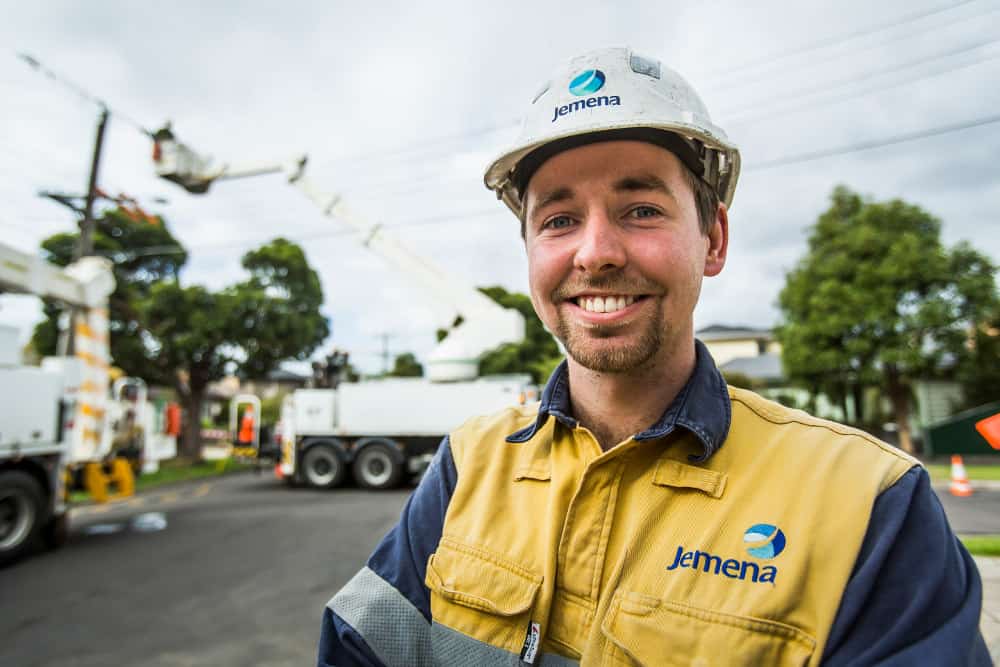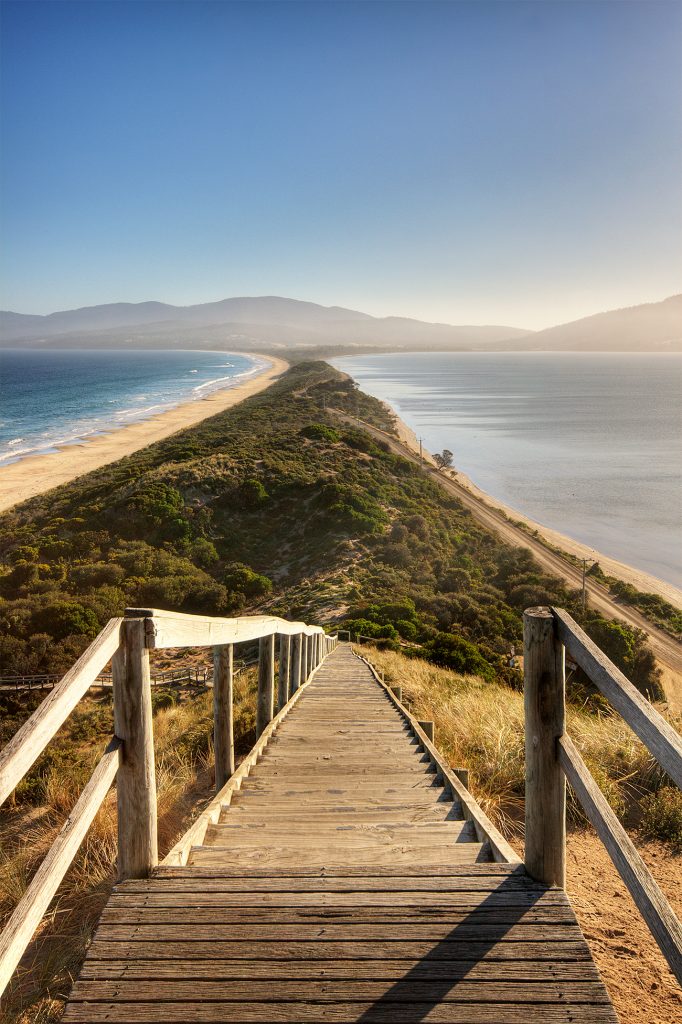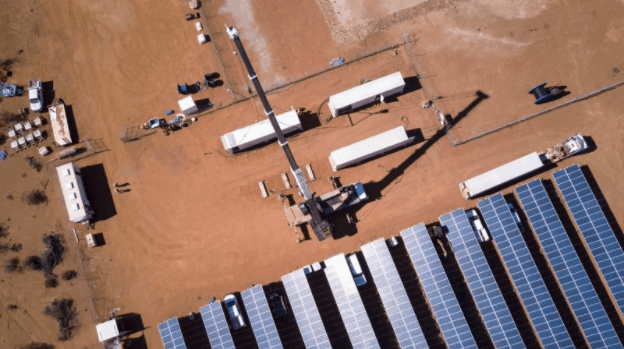A generous grant for the $2m Melbourne based Ovida Community Energy Hub was announced by the Victorian state government this week. It’s been given a grant to help deliver affordable, dispatchable and reliable energy for occupants of apartment and commercial buildings.
Ovida Community Energy Hub

The Ovida Community Energy Hub has been awarded a $980m grant from the Victorian government to install shared solar and battery storage systems in three as yet unchosen multi-tenanted buildings.
It’ll be done in conjunction with a group of solar companies – the consortium behind the $2 million Ovida project includes Ovida themselves, shared/community solar company Allume Energy, distribution company Jemena, RMIT and the Moreland Energy Foundation.
“Microgrid projects are part of our plan to drive down energy prices, reduce emissions and create a pipeline of investment in renewable energy,” Victorian energy minister Lily D”Ambrosio said in a statement reported by One Step Off The Grid.
“This initiative will allow more households and businesses in multi-tenanted buildings to take control of their energy bills.”
The project will generate 5000kWh of renewable energy and will also support 11,000kWh of energy storage when it’s complete
“Traditionally solar arrangements in multi-tenanted apartment blocks have been all or nothing – meaning all residents had to invest in and use the system for it to work,” said Ovida’s Paul Adams while discussing the project.
“We know this can be a challenge because apartment blocks often include long-term residents, owners, and short-term occupants who each have different energy needs and expectations.
Along with apartment solar, this is another great step for commercial solar in Australia – watching the government get involved like this bodes well for the future of these sorts of projects. As the price of electricity continues to rise more and more businesses will be looking to insure themselves against further rises and look at buying their energy from alternative sources.





